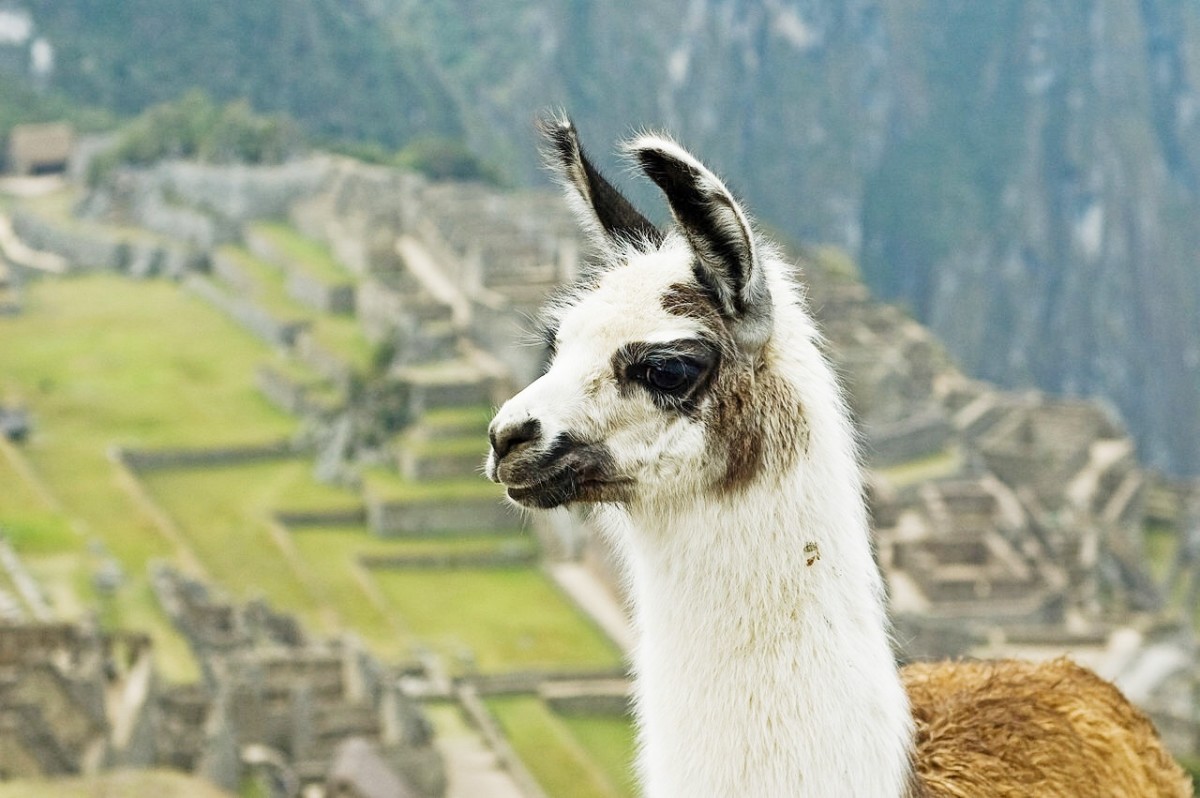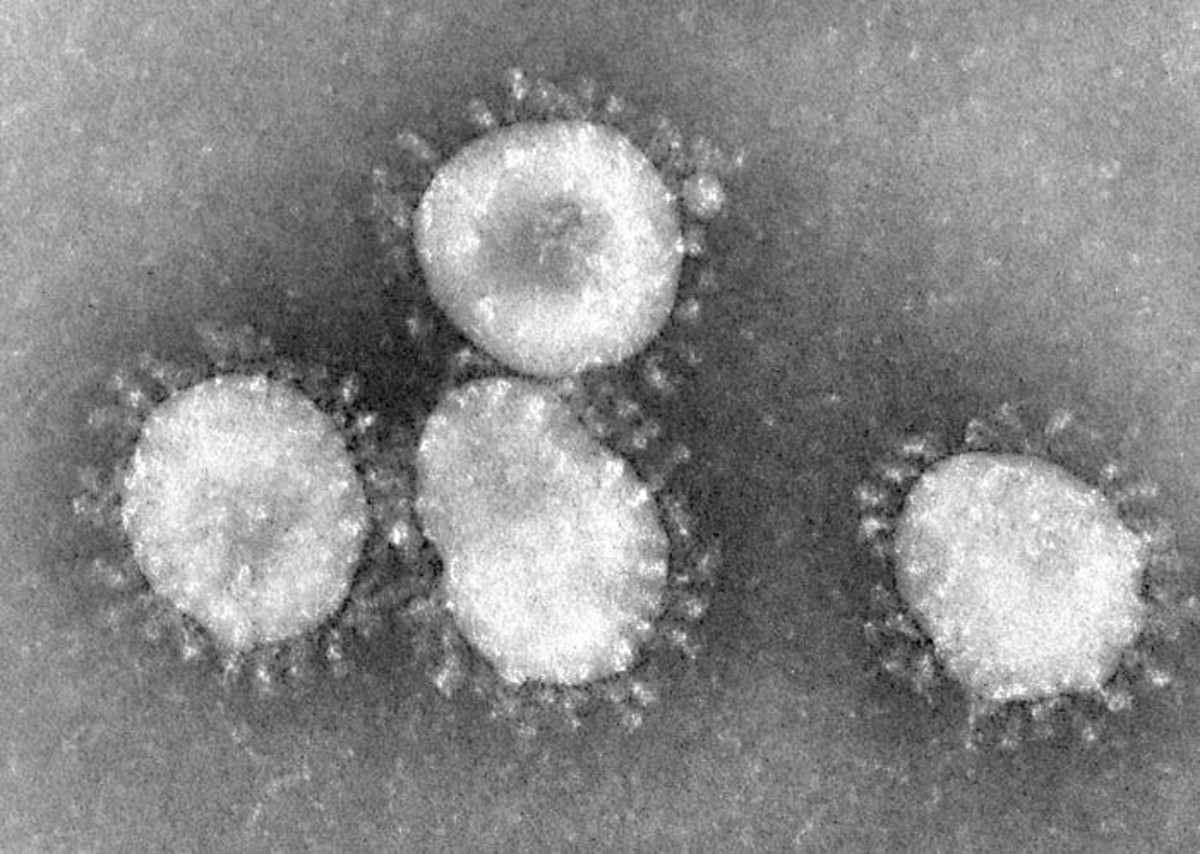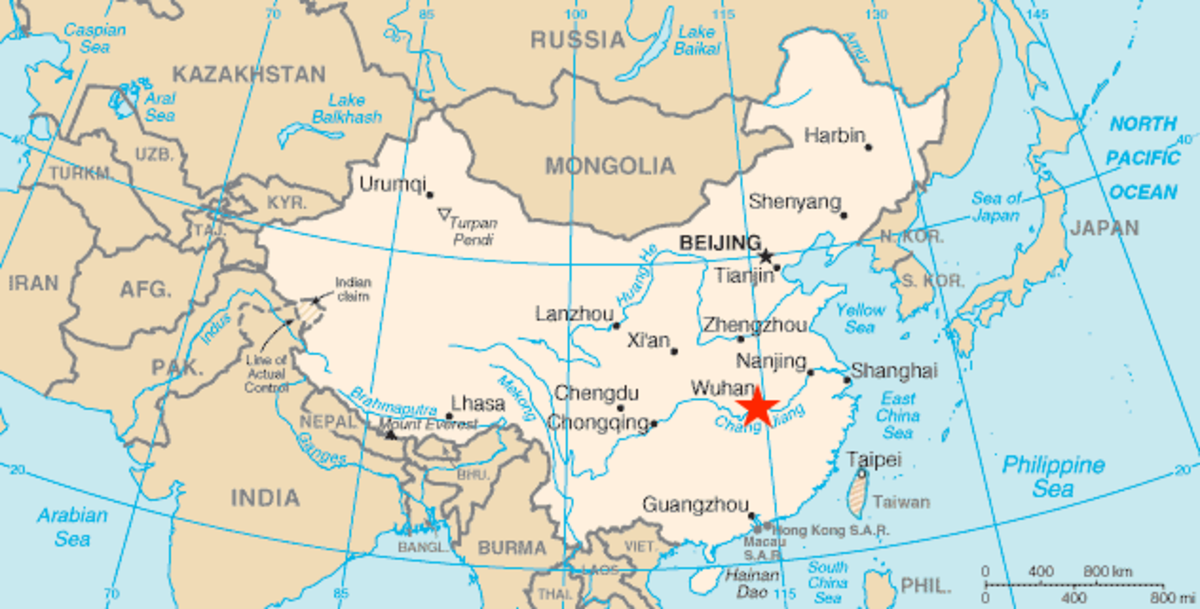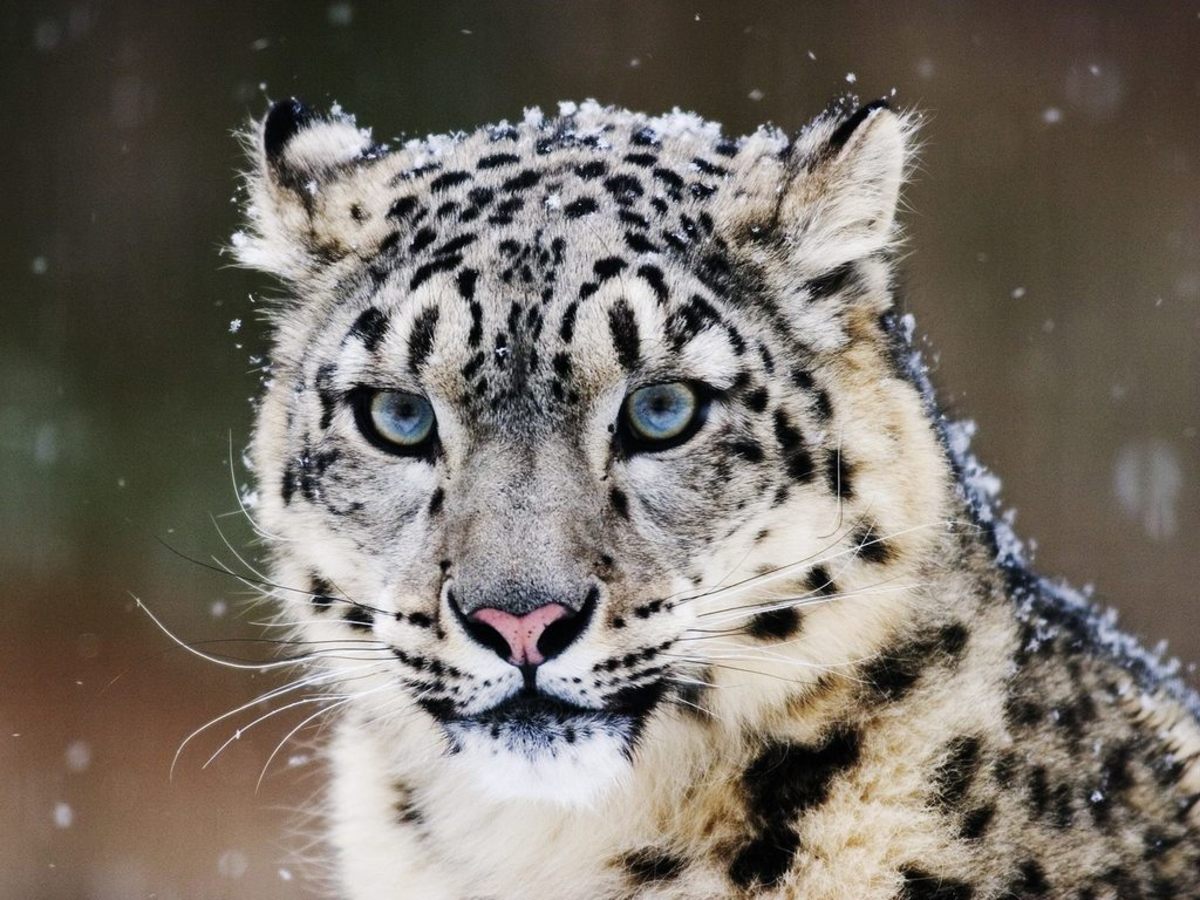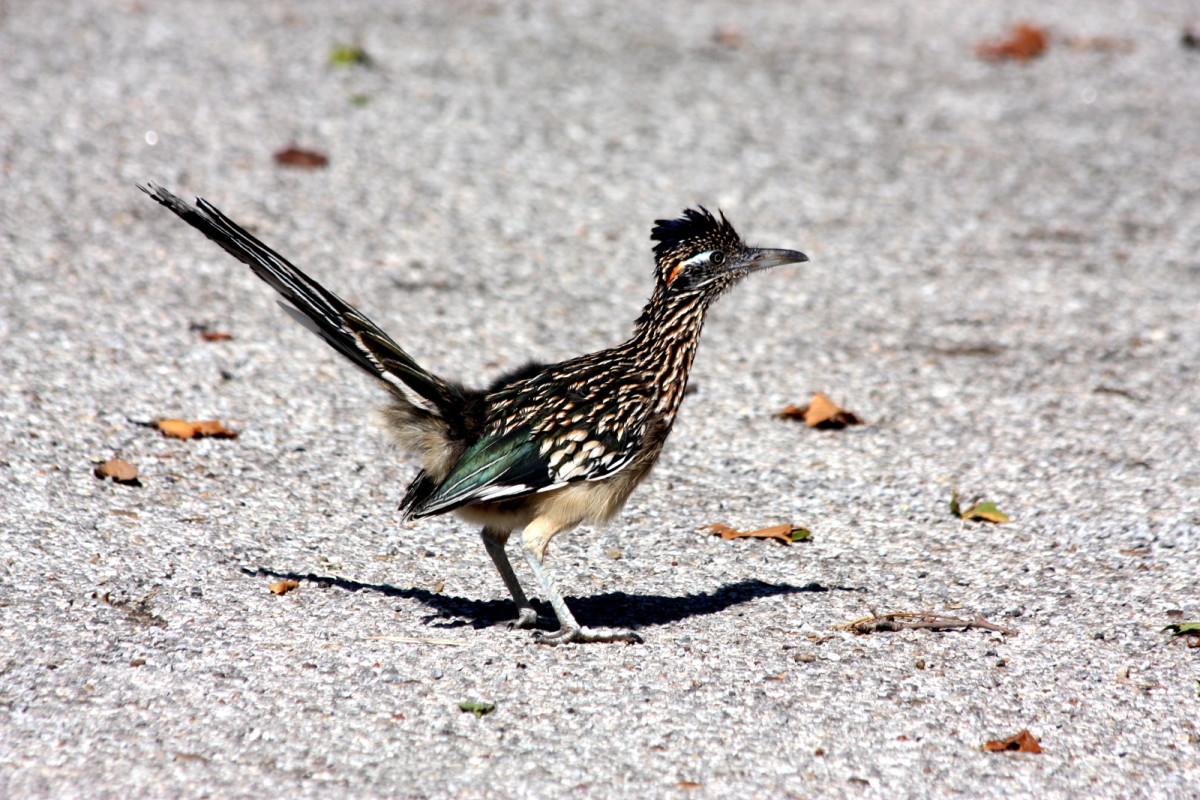2019-NCOV--It Was Coming All Along
2019 Novel Coronavirus
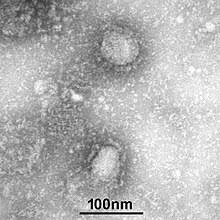
What is a coronavirus?
To put it in the simplest form, coronaviruses are a huge range of viruses that can cause sicknesses--from a normal cold to far more severe diseases like SARS (Severe Acute Respiratory Syndrome) and MERS (Middle East Respiratory Syndrome). These viruses (a protein-covered, abiotic infective agent with a nucleic acid molecule within) are zoonotic, meaning they transmit from animals to humans. SARS was transmitted from civet cats to humans and MERS from camels to humans. There are, luckily, several cases in which known coronaviruses circulate between animals but not humans.
Signs of infection are usually those caused by a common cold--fever, coughs, tiredness. In more severe cases, however, patients may experience shortness of breaths, pneumonia, or even death. Symptoms of 2019-nCoV include coughs, shortness of breaths, sore throats, headaches, respiratory failure, or even death. Note that cases of respiratory failure considered aged patients with previous respiratory diseases.
To prevent infection, wash your hands commonly, take Vitamin-C and exercise to strengthen the immune system. Keep your distance with people with suspicious symptoms such as coughing. Thoroughly cook meat and eggs. Avoid crowded and sealed places like malls and theatres. Up until the 28th of January in China, people are encouraged to stay at home and wear N95 masks at all times when outdoors.
Why was it coming?
You thought people would learn from their past mistakes. In 2003, the SARS outbreak caught China completely unprepared, "infecting more than 5,300 people and killing 349 nationwide."1 Proven to be highly genetically matching with the new virus, the SARS viruses are highly doubted to have came from bats to civet cats. Guangdong province was infected by SARS-carrying civet cats, which they hunted for food.
A lot have changed since the 2003 outbreak, and the majority of the human population have woken to the sense that eating not-for-food animals is wrong. However, as proven by the marketplace in which 2019-nCoV was found, there are still people unaware of such facts. In that marketplace, people sold peacocks, wolfs, squirrels, goats, and other uneatable animals, including the past chief criminal civet cats. Irony comes in when the new deadly virus spreaded mostly, if not firstly found (yet to be scientifically determined), in the human seafood market. What makes it even more like an irony is that, like SARS, a very likely host of the virus is bats, which gave it to snakes, which are hunted and sold in the marketplace. It is, again, these mindless tradings that "ensured" humans' exposure to this virus.
Market and Non-market exposures
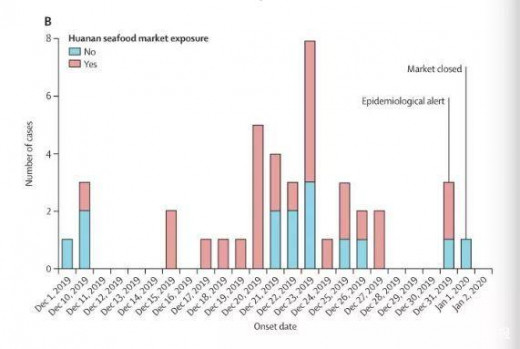
Stop the nonsense!
Millions of sharks are killed each year just for their fins--something that contains mercury and harms our body. Pangolins are hunted for their scales, but they are habitats for thousands of germs and viruses.
Food is necessary, but we are taking it too far. For our own healths, we should not have ever ate what we did. Bats contain the SARS virus, Ebola virus, Marburg virus, Nipah virus, Hendra virus, and MERS virus. Civet cats carry multiple parasites, such as Trichinella spiralis while also holding the rabies virus. Wild snakes carry huge amounts of parasites like serpentines and spirometra mansonis (most parasites in snakes can be transferred to humans). Infection can lead to peritonitis, sepsis, and organ failure. Wild rabbits contain parasites that may harm human intestines and liver. Wild marmots is responsible for pestilence and harming human intestines, liver, brain, and other multiple organs. And these animals are just the tip of an ice-burg. The point is, when someone tries to tell you these animals are good for you, or that these animals cure sickness, definitely do not buy him.
Animals sold in that market were never supposed to come in contact with humans. There were reasons why we were able to live in peace for so long until we started hunting them. The balance of nature separated our entire food web and theirs, making it, logically and naturally, impossible for diseases to spread. We can blame nothing but ourselves for what is happening. Now it is up to us to make that the natural order returns to its balanced and initial status. Or else, how are we any smarter than who we were when we killed off the kookoo birds, or when the white rhinos went extinct?
"When the buying stops, the killing can too." Says Jay Chou, ambassador for sharks, pangolins, rhinos, tigers and elephants. Now, it's stopping the killing of both animals and humans.
© 2020 Gilmore Env

